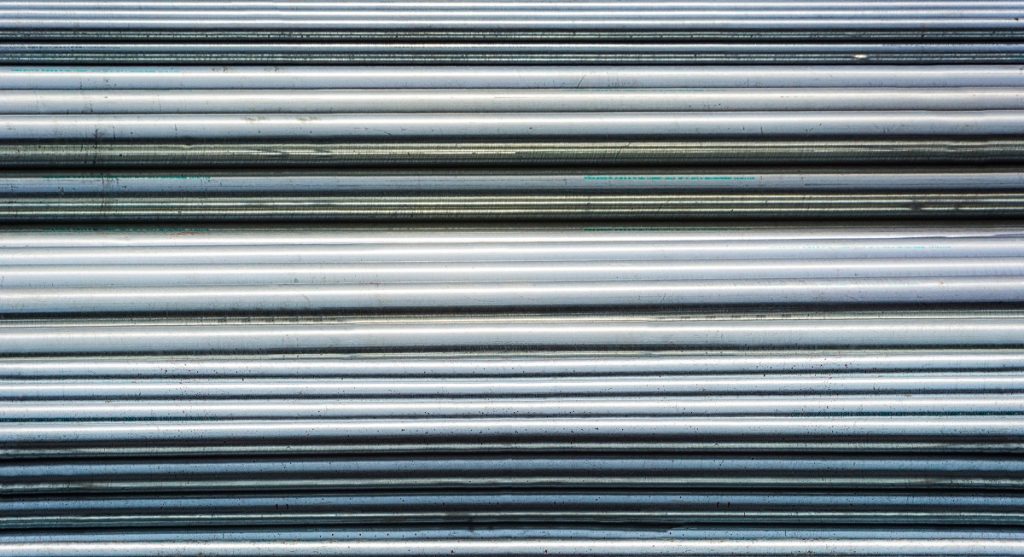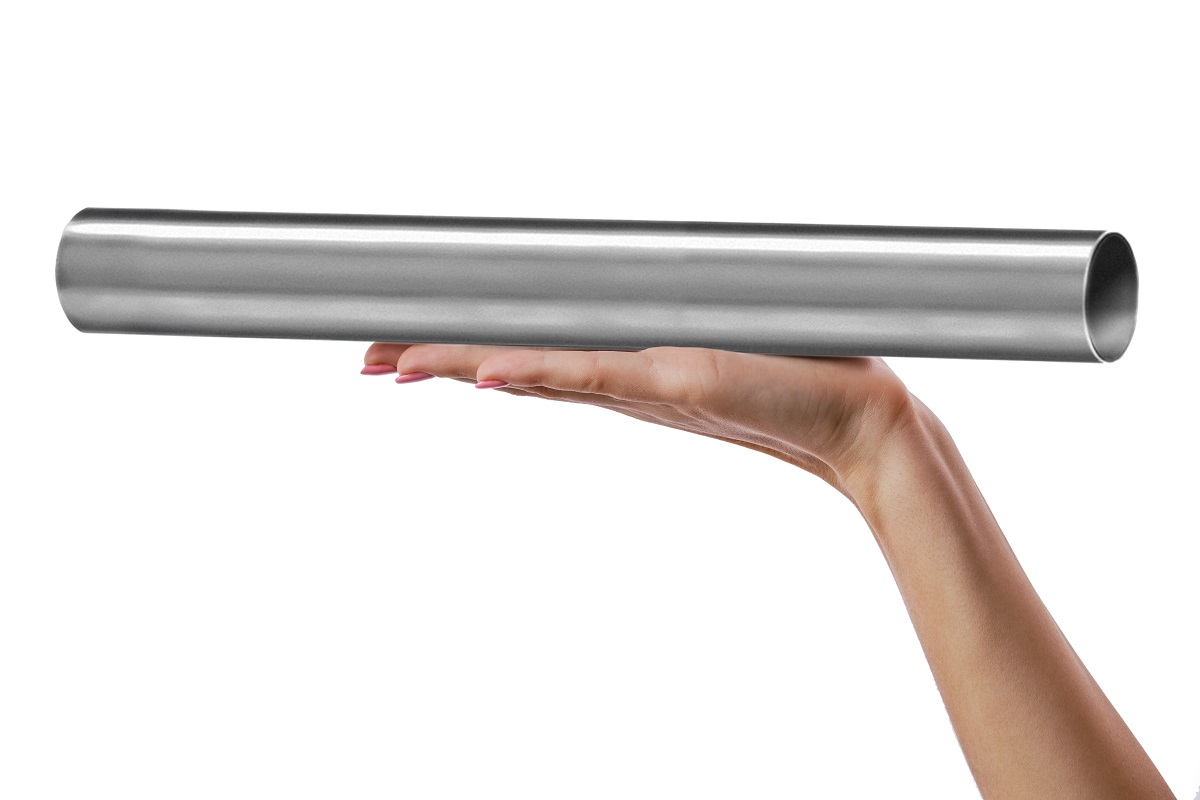4 Differences Between Seamless and Welded Pipes

What are the differences between a seamless and a welded pipe?
- Method of production
- Strength
- Corrosion resistance
- Size
When it comes to steel pipe manufacturing, choosing between a seamless vs a welded pipe is often debated. A stark difference between the two types of pipes is the appearance. As the name suggests, seamless pipes have no visible marks or weld lines, unlike welded pipes. This is a result of the manufacturing process for each of the pipes.
Typically, the process for welded or ERW pipe-making is much simpler compared to seamless pipes. However, this doesn’t necessarily mean that ERW pipes are better — your choice will depend on the type of purpose and application for your piping materials.
Seamless and welded pipes have several differences in the method of production, strength rating, corrosion-resistance, cost-effectiveness, available sizing, and the like. Consider these factors when choosing the most suitable material for any construction or industrial project. Read on to learn more.
Method of Production
As mentioned before, the seamless pipe gets its name from the method of production which doesn’t produce any physical marks on the pipe. This is made possible through extrusion, wherein a casted steel billet is subjected to high temperatures using heat chambers — soft enough to apply a strong force with a piercing machine.
Another method involves casting raw molten steel onto a mold in order to create a billet. The billet is then rolled into a machine in order to stretch it into thinner pieces. This goes on until the desired shape is formed and a hollow section begins to appear in the middle of the billet. A piercing may be used to remove the burrs and make the opening more uniform and consistent.
ERW pipes, on the other hand, are produced through the ERW or Electronic Resistance Welding method. In this process, a sheet or strip of steel or metal is continually rolled until it achieves a cylindrical shape. To join the resulting two ends together, electric current is passed onto the ends, which produces heat and causes the edges of the material to melt and combine together.
Although the ERW involves welding, the electric current applied onto the pipe does not necessitate the need for a welding filler. This greatly eliminates defects on the finished steel product and reduces post-processing.
Strength

As much as possible, you want a durable pipe that’s capable of meeting your requirements. For plumbing, the pipe should be sturdy enough to handle pressure resulting from the constant transmission of fluids. Air conditioning units, on the other hand, may require tubing that can sustain changes in temperature without affecting quality.
With this in mind, the seamless pipe is better capable of handling fluid transmission at different temperatures and pressures. The absence of welds makes seamless pipes less prone to bursts and leakages because the pressure is evenly distributed across their walls.
Whereas for ERW pipes, sudden changes in pressure may affect the welded seams, causing them to detach from one another. In cases where durability is concerned, the better option would be to use seamless pipes.
Corrosion Resistance
Both pipes can be corrosion-resistant through a process known as galvanization. One method, hot-dip galvanizing, involves submerging a specimen or metal into a bath of molten zinc. During cooling, the zinc will metallurgically react to the surface of the metal or alloy) and create a corrosion-resistant layer on the material.
However, galvanizing a seamless pipe is considerably more practical because of its uniform surface. Hot-dip galvanizing is suitable for these pipes due to the lack of weld marks that can affect how well the zinc coating adheres to the metal.
Even if ERW pipes were to be galvanized, there is no guarantee that corrosion won’t form over time. A combination of environmental and chemical factors can cause the welded joints to eventually react and lead to deposits that can lower the quality of both the weld and galvanization.
Galvanized seamless pipes will ultimately have a better service life compared to ERW pipes. Consider this when you want to prioritize low-cost maintenance and minimal repairs on your piping materials.
Size

Seamless pipes can be manufactured in diameters that range as high as 24 inches to one-eighth of an inch. Making them suitable for low-scale applications such as railings, electrical conduits, tubing, HVAC components, and many more.
ERW pipes generally do not have size restrictions when it comes to manufacturing due to the simplicity. As such, you can find a variety of ERW pipe sizes for construction, industrial, petrochemical, or consumer goods.
If you don’t need large pipe openings, then the practical choice is to buy seamless pipes. Granted, the initial cost of purchasing seamless pipes is much higher than that of ERW — but seamless pipes bring you more value due to the longer service life, non-corrosiveness, and better strength.
Key Takeaway
Choosing between a seamless vs welded pipe can be difficult when you don’t understand the primary differences between the two. Although both can be ideal for different piping applications, a seamless pipe is preferable because it can be cut in small sizes, it’s durable, non-corrosive, and can withstand pressure loads. If you’re looking for a low-cost option that doesn’t have to meet all of these factors, then you can opt for ERW pipes — just ensure that you’re getting them from a reliable pipe supplier for guaranteed quality.
Looking for high-grade and imported seamless pipes? Metal Exponents’ offers a selection that’s built for all your piping needs. Click here to learn more! You may also contact us for more information.


